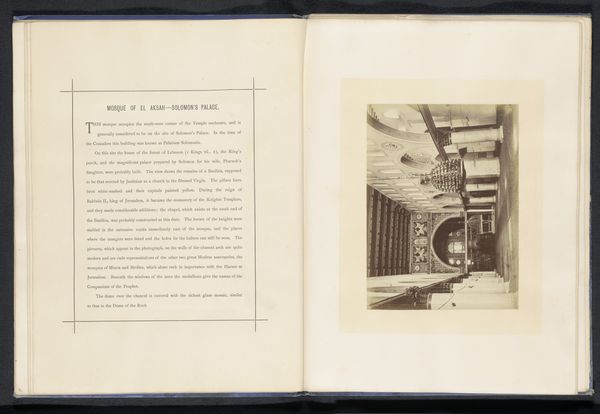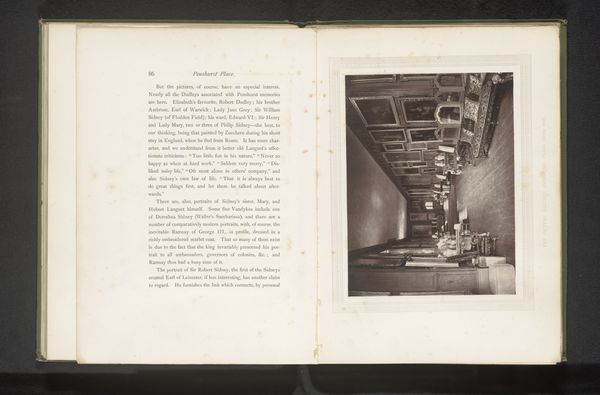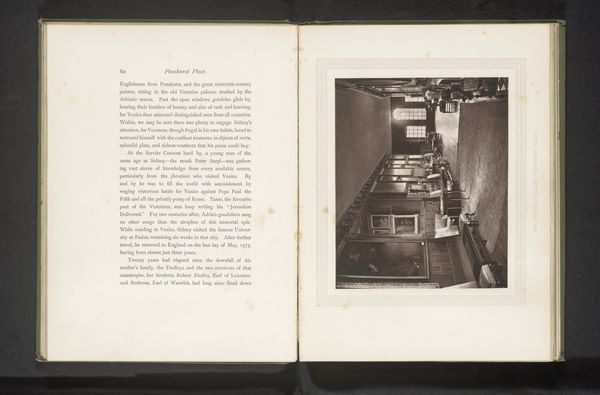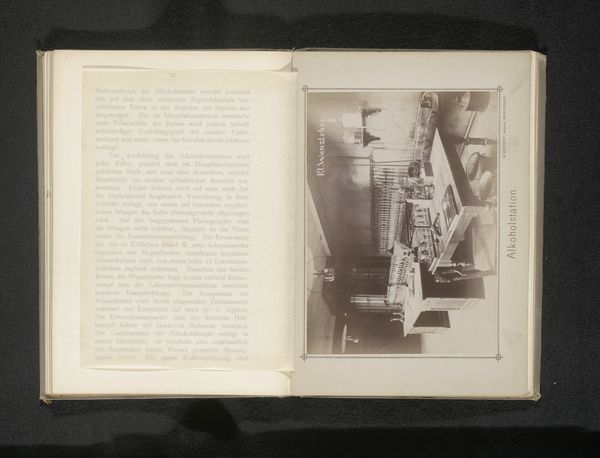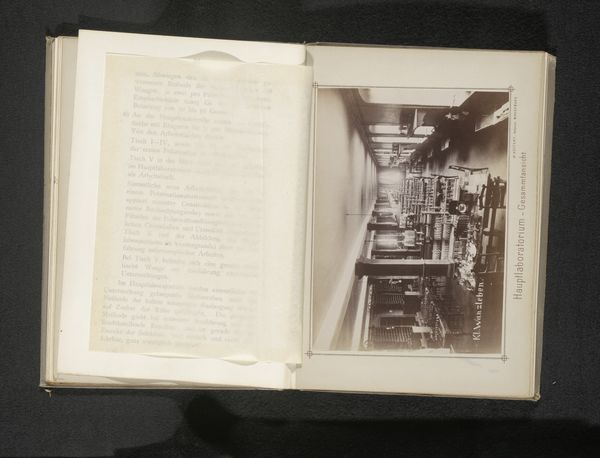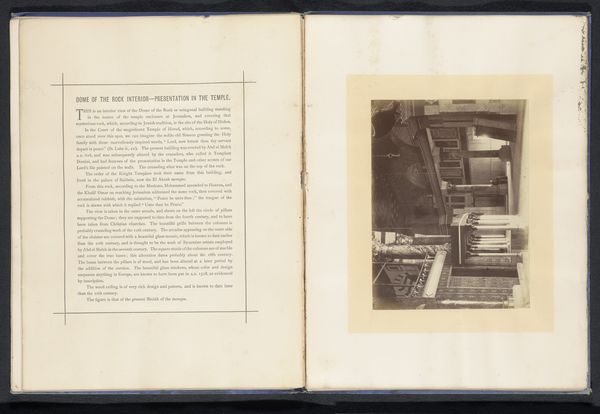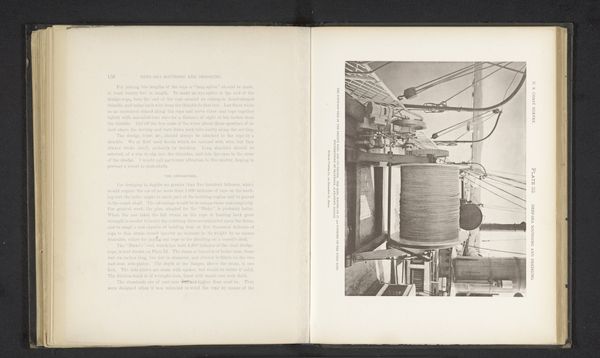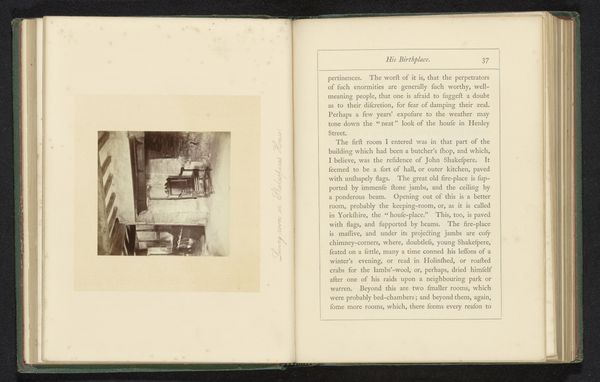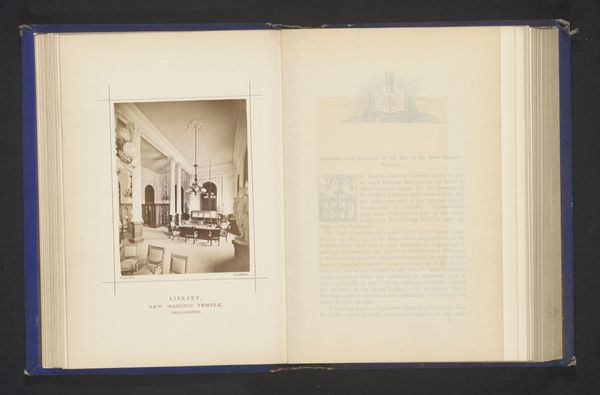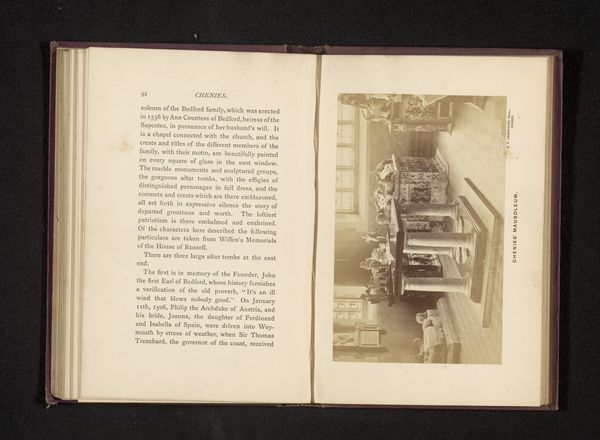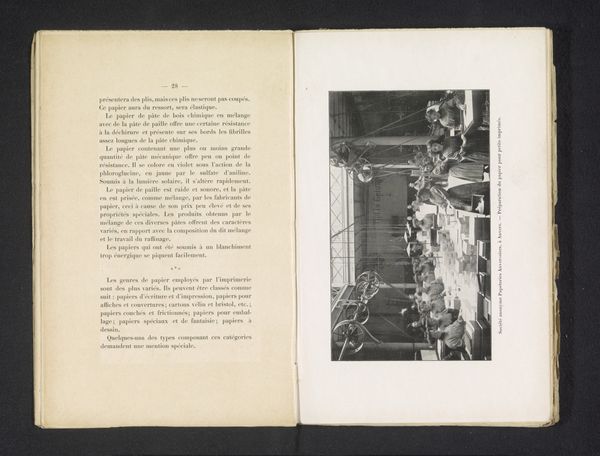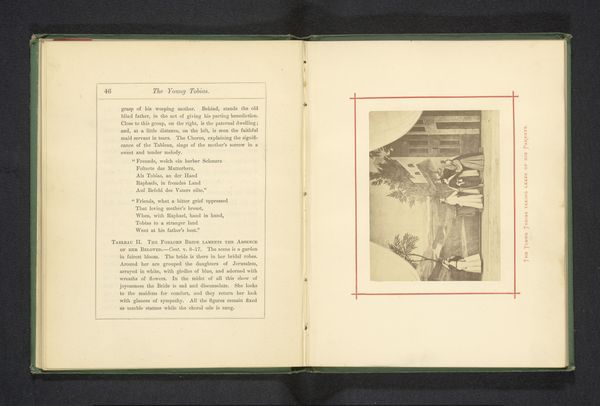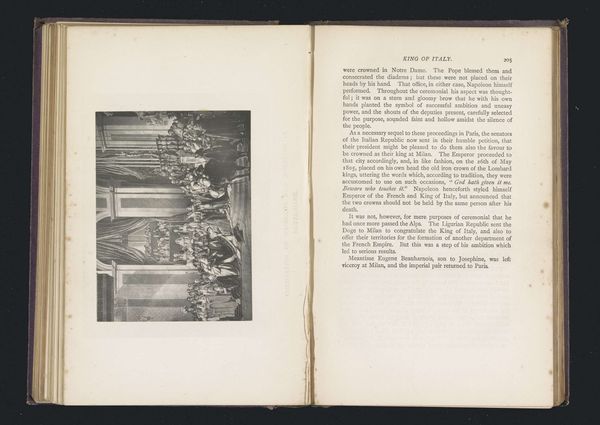
print, photography, gelatin-silver-print
# print
#
landscape
#
photography
#
orientalism
#
gelatin-silver-print
#
academic-art
Dimensions: height 153 mm, width 208 mm
Copyright: Rijks Museum: Open Domain
Curator: This gelatin silver print, taken circa 1870-1875 by Horatio Herbert Kitchener, offers us a glimpse into the interior of the Church of the Nativity in Bethlehem. Editor: The first thing that strikes me is its emptiness; it feels so austere and still. The high contrast and soft focus lend an almost dreamlike, ethereal quality to the architecture. Curator: It does. Kitchener, known for his military exploits, also had a keen eye for capturing the grandeur and the mystery of the Holy Land. He employed photography here to explore what we'd call orientalist themes in academic art circles at the time. Editor: Seeing these images created and collected during the 19th-century wave of increased pilgrimage to biblical sites, you have to consider how photography itself became a form of material pilgrimage. What was the labor like involved in hauling this equipment across the desert? How did access and consumption influence these landscapes' representation? Curator: Precisely, these weren't simple snapshots, but carefully constructed perspectives meant to evoke both spiritual and artistic awe. Looking at the print, it seems as much about light and shadow as it does about documenting architectural detail. It captures the sense of endless time having passed in this place. Editor: It also suggests this careful process of creation and exposure is essential, each captured light reflecting the presence of labour. What narratives are subtly hidden under the sheen of artistic achievement and reverence for ancient buildings? What power structures influenced not only what's being shown but HOW it is shown? Curator: Good point. There's something almost unsettling about its tranquility given the turbulent history the region witnessed even back then. In some ways, you know, its timelessness becomes a poignant question, right? Does a picture truly capture something unchanging or a manufactured stillness. Editor: The image's stillness seems to encourage us to reconsider not only where these spaces appear fixed but, perhaps more urgently, to where the gaze falls when history has its frame on labour and landscape. Curator: Yes, so maybe the true subject isn't the place, but rather what we bring when we witness it.
Comments
No comments
Be the first to comment and join the conversation on the ultimate creative platform.
